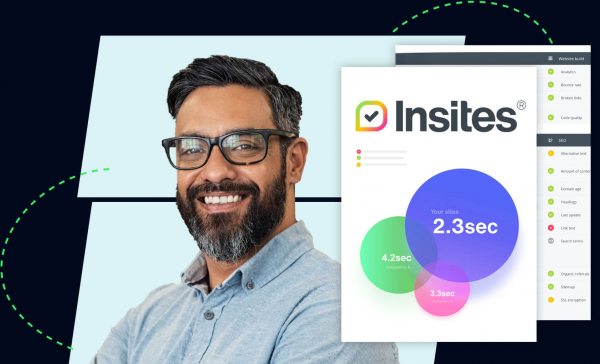How to Optimize Headlines for Search Engines and Humans
June 8, 2012
When developing a successful website, it is important to understand that in addition to well written content, on-page search engine optimization plays a key role in establishing page rank. The tricky part about certain optimization techniques is that search engines and human beings look for different key elements when deciding if an object, say the headline of an article or blog, is relevant.
Keeping readers interested while encouraging the search engine spiders to regularly crawl your website becomes a delicate balancing act. With practice, techniques can be developed to draw in reader attention while maximizing the benefits of on-page search engine optimization.
As the author of content on a website, it is important to avoid matching page and article headlines. Your page title and article title should never be the same; the page title is what is read by search engines, whereas the article title is what is displayed to website users. Titles should:
- Catch the reader’s attention
- Be self-explanatory
- Reflect a dilemma
Another important element used to maximize your SEO efforts is to use the meta description to teasing readers into wanting to read more of an article. The meta description is the short snippet displayed on the search engine results page. A well written meta description induces more clicks on your article, blog or website through playing on people’s curiosity.
Search engine optimization copywriting is a specific skill that takes years to develop and fine-tune. Fasturtle’s team of copywriters can develop your site content, optimizing it to receive maximum results from both users and search engines. Contact Fasturtle today at (888) 468-8785 to learn more about our copywriting, social media, website development and search engine optimization services.




